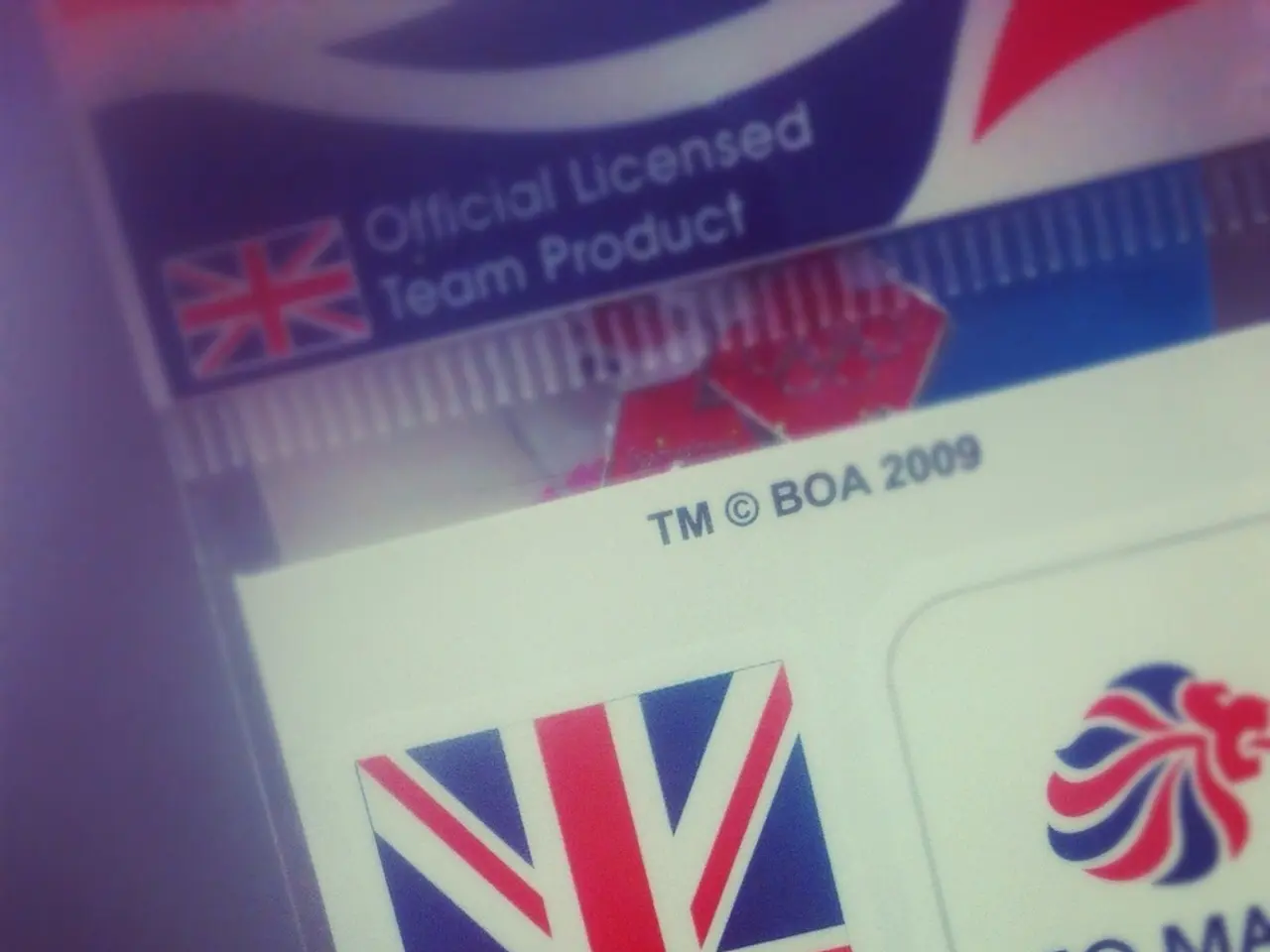Ensuring secure user identification while prioritizing ease of use in biometric technology
In the digital age, security and convenience are paramount. Users demand a seamless and secure identity verification process, and biometric authentication is emerging as a popular solution. This technology, which uses unique biological characteristics like fingerprints, faces, and voices, offers a level of security that traditional methods, such as passwords, cannot match.
Modern biometric solutions are built on a layered approach, incorporating liveness detection, algorithmic matching, document verification technology, risk-based analytics, and behavioral analysis. This multi-layered approach ensures a robust defense against fraud and identity theft.
One of the key advantages of biometric authentication is its resistance to phishing and social engineering attacks, which often plague passwords and one-time passcodes (OTPs). Biometric identifiers, unlike passwords, cannot be reset if there is a breach, making them a more secure option.
Liveness detection plays a crucial role in biometric security. Unlike active liveness detection, which requires user interaction, passive liveness detection operates behind the scenes. It is trained to identify a multitude of elements, including lighting, shading, facial depth, and micro-movements, to ensure the authenticity of the user.
However, biometrics are not without their challenges. A primary concern is the prevalence of spoofing and presentation attacks, such as using high-resolution photos, synthetic fingerprints, or 3D-printed heads to bypass biometric systems. To address this, organizations are turning to cloud-based biometric authentication.
Cloud-based authentication offers several benefits, including real-time updates, cross-platform intelligence, and advanced spoof detection. It can also improve cross-device experiences and support identity recovery if the device is lost or damaged. Combining liveness detection with cloud-based biometric matching further mitigates threats from compromised devices.
Secure storage of biometric data is another critical concern. While biometric templates, used to store biometric data, are not reversible and cannot be used to reconstruct a face or fingerprint, a breach of this confidential data can still be devastating.
To build trust, institutions can combine passive liveness detection and cloud intelligence with user experience (UX) best practices, provide transparency about data usage, and ensure inclusivity and fairness. This approach not only enhances security but also delivers an effortless user experience.
In a recent study by Visa, more than half (53%) of customers indicated they would switch banks if not offered convenient biometric authentication options. This underscores the growing demand for secure and user-friendly biometric solutions. Consumers appreciate biometrics for no longer needing to remember passwords, improved security over passwords, and no worries about forgetting or losing an authentication method.
As organizations balance the need for security and user experience, biometrics are proving to be a valuable tool in delivering a biometric authentication that ensures a secure and low-friction experience. The future of authentication is here, and it's biometric.
Read also:
- Struggle for Wetlands, Wildlife Preservation, and Youth-Driven Conservation Movement Led by Matthew Vincent Tabilog in the Philippines
- Weekly proceedings in the German Federal Parliament (Bundestag)
- Singapore-based alternative beverage company secures $4.2 million in financing for coffee and cocoa products sans beans
- Innovative Business Concepts for Undeveloped Nations: Inventions Altering Existences







